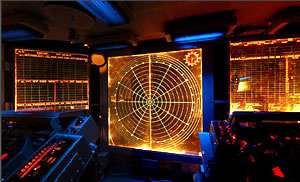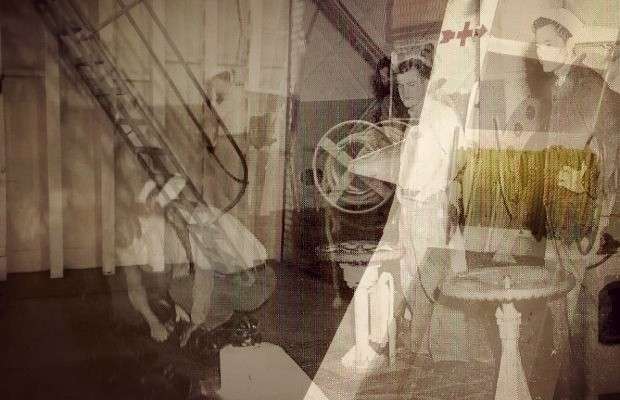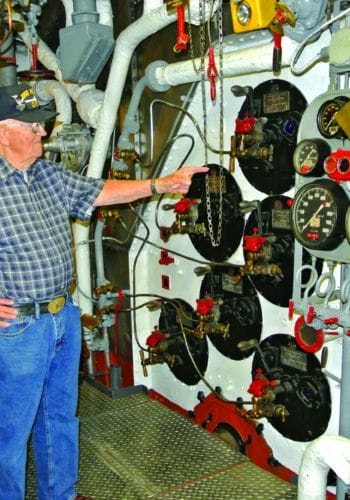Please join us in the Wardroom on the USS Hornet as we give a presentation about the important Doolittle Raid of World War II. The USS Hornet (CV-8) loaded on the B-25 Army bombers for this special mission right here at Alameda Naval Air Station before heading out to the Pacific and history.
Chuck Myers will be giving the presentation. Please note the time is 11 AM for this presentation.
Chuck’s Bio:
BA in History. Commissioned in the Navy after finishing OCS.
Served on USS Yorktown as a JO (CVS-10)
Qualified as an OOD-F as an ensign
Served 5 years in the Navy
14+ years as a docent on the Hornet.
Technical Advisor on the Midway movie (2019)
Technical Advisor on the movie Devotion




